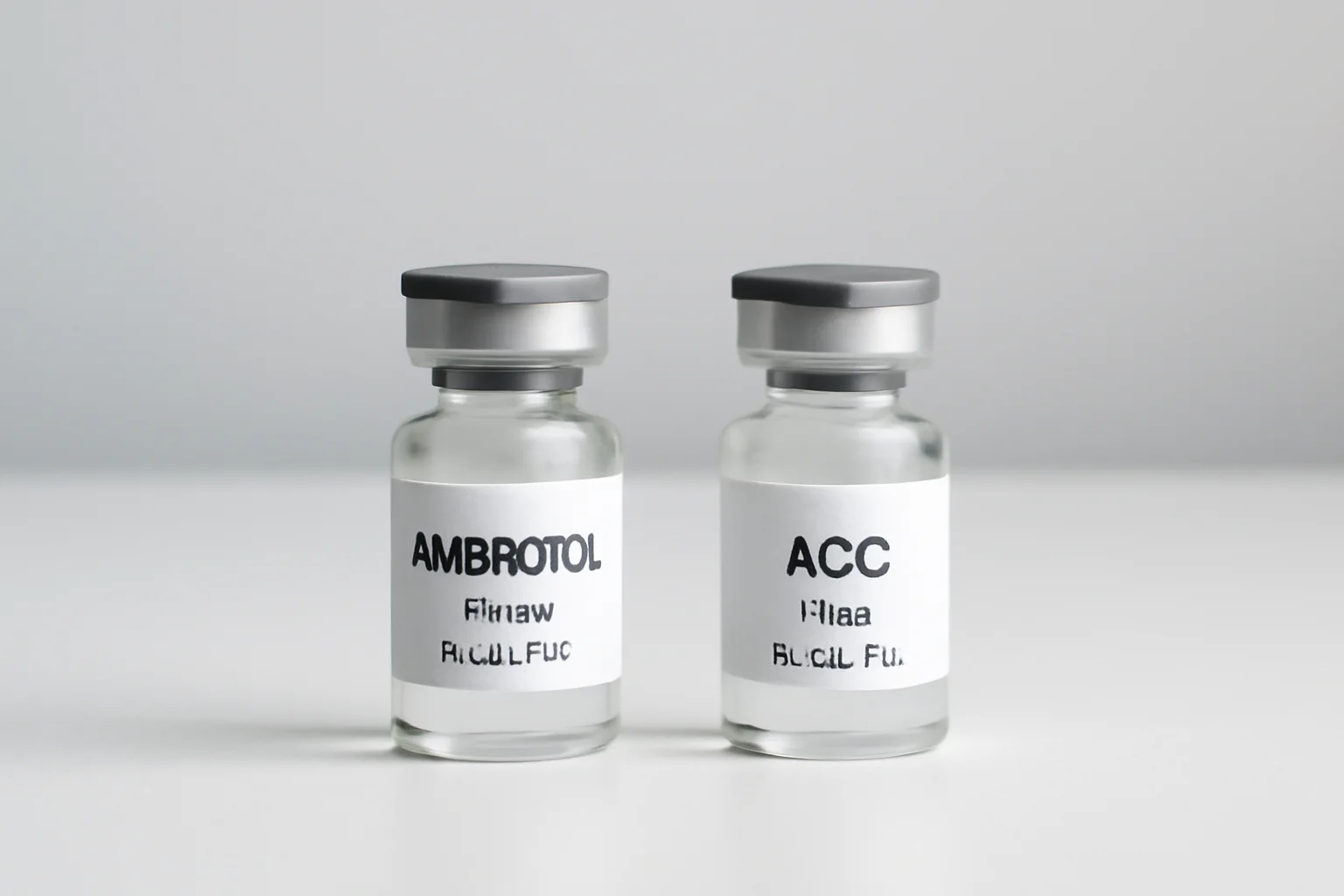
Colief or Infacol: Which is more effective for baby tummy pain?
The digestive problems of infants are a common source of concern for parents. Abdominal pain, bloating, and colic in newborns and young children can often make daily life challenging for both the child and the parents. These issues typically arise in the first months when the baby’s digestive system is just beginning to adapt to the outside world. Digestive disorders, such as colicky abdominal pain, may be familiar to many parents, who may have heard of various medications like Colief and Infacol.
These products are intended to alleviate digestive problems in infants, but choosing the right one is not always straightforward. Parents often turn to doctors and specialists with questions to determine which remedy is best for their child. Colief and Infacol are two popular products that work through different mechanisms and cater to different needs. It is important to thoroughly understand the differences between the two preparations to choose the best option for our baby.
What is Colief and how does it work?
Colief is a digestive aid specifically developed for infants. Its main ingredient is the enzyme lactase, which helps break down lactose, the sugar in milk. Newborns’ digestive systems do not always produce enough lactase, making the digestion of lactose difficult, which can lead to bloating and abdominal pain. By using Colief, parents can assist their babies in digesting milk sugar, thereby reducing colicky symptoms.
Using Colief is extremely simple. The appropriate amount of drops should be mixed into the baby’s milk using a dropper before giving it to the child. This way, the lactase enzyme is activated in the milk, allowing for more effective breakdown of lactose. Colief is generally well tolerated and safe for most infants.
It is important to note that Colief does not cure colic but helps alleviate the symptoms. Parents should be aware that colicky symptoms typically improve on their own over time, and Colief is merely a tool to ease the process. If the baby’s condition does not improve or if other concerns arise, it is advisable to consult a doctor.
What is Infacol and when do we use it?
Infacol is another popular preparation specifically designed for infants to relieve abdominal pain and bloating. Its main active ingredient is simethicone, which helps reduce the formation of intestinal gas and its discomforts. Simethicone works by helping gas bubbles coalesce, making it easier for them to exit the baby’s digestive system.
Using Infacol is very straightforward, and it is usually available in drop form. The drop should be given to the baby’s mouth, preferably just before feeding. Regular use of Infacol can help reduce bloating and abdominal pain, making feeding and sleeping more comfortable for the baby.
Infacol does not contain lactase enzyme, so if the baby’s digestive problems are related to lactose intolerance, Colief may be the more appropriate choice. Infacol focuses more on the reduction of gas formation and bloating. Parents should consider that colicky symptoms often resolve on their own over time, and Infacol is also intended only for symptom management.
Differences between Colief and Infacol
The biggest difference between Colief and Infacol lies in their active ingredients and mechanisms of action. While Colief contains lactase enzyme, which aids in lactose digestion, Infacol focuses on reducing intestinal gas and alleviating bloating with its simethicone content. Therefore, it is important for parents to first identify the baby’s problem before deciding on the appropriate preparation.
If the baby’s abdominal pain or bloating is caused by lactose intolerance, Colief may be the suitable choice. Conversely, if the issue stems more from gas formation, Infacol may be more effective. Parents should pay attention to the baby’s reactions to each product and consult a doctor if necessary to find the best solution.
Additionally, when using Colief, parents must ensure that the preparation is properly mixed with the milk, while Infacol can be given directly into the baby’s mouth in drop form. The method of use also differs, which can influence parents’ decisions.
Which is the better choice for parents?
The choice between Colief and Infacol depends on the baby’s individual needs and condition. Parents should carefully consider which preparation best addresses their child’s issues. The most important thing is to always monitor the baby’s reactions, and if any concerns arise, consult a doctor.
When making a choice, factors such as the baby’s age, health status, and the nature of the digestive problems should be taken into account. Since colicky symptoms often improve on their own over time, parents should be patient and avoid making hasty decisions.
Furthermore, it is essential for parents not to rely solely on medications but to explore other methods to soothe the baby, such as massage, soothing music, or rocking. Addressing digestive issues requires a holistic approach, and parents should consider other solutions as well.
Both Colief and Infacol can be useful in managing infants’ digestive problems, but the right choice always depends on the specific situation. For the best results, parents should seek medical advice and monitor the baby’s reactions to different products.
Warning: This article does not constitute medical advice, and in the case of health issues, everyone should consult their doctor.

